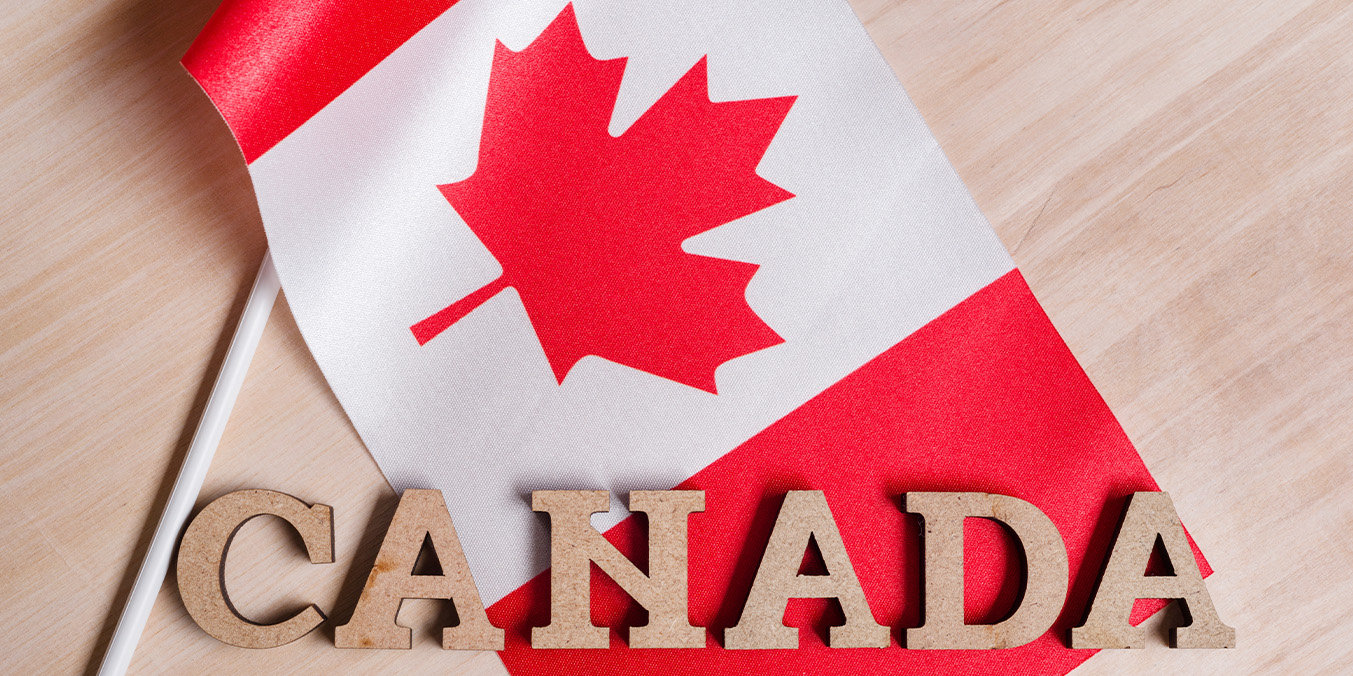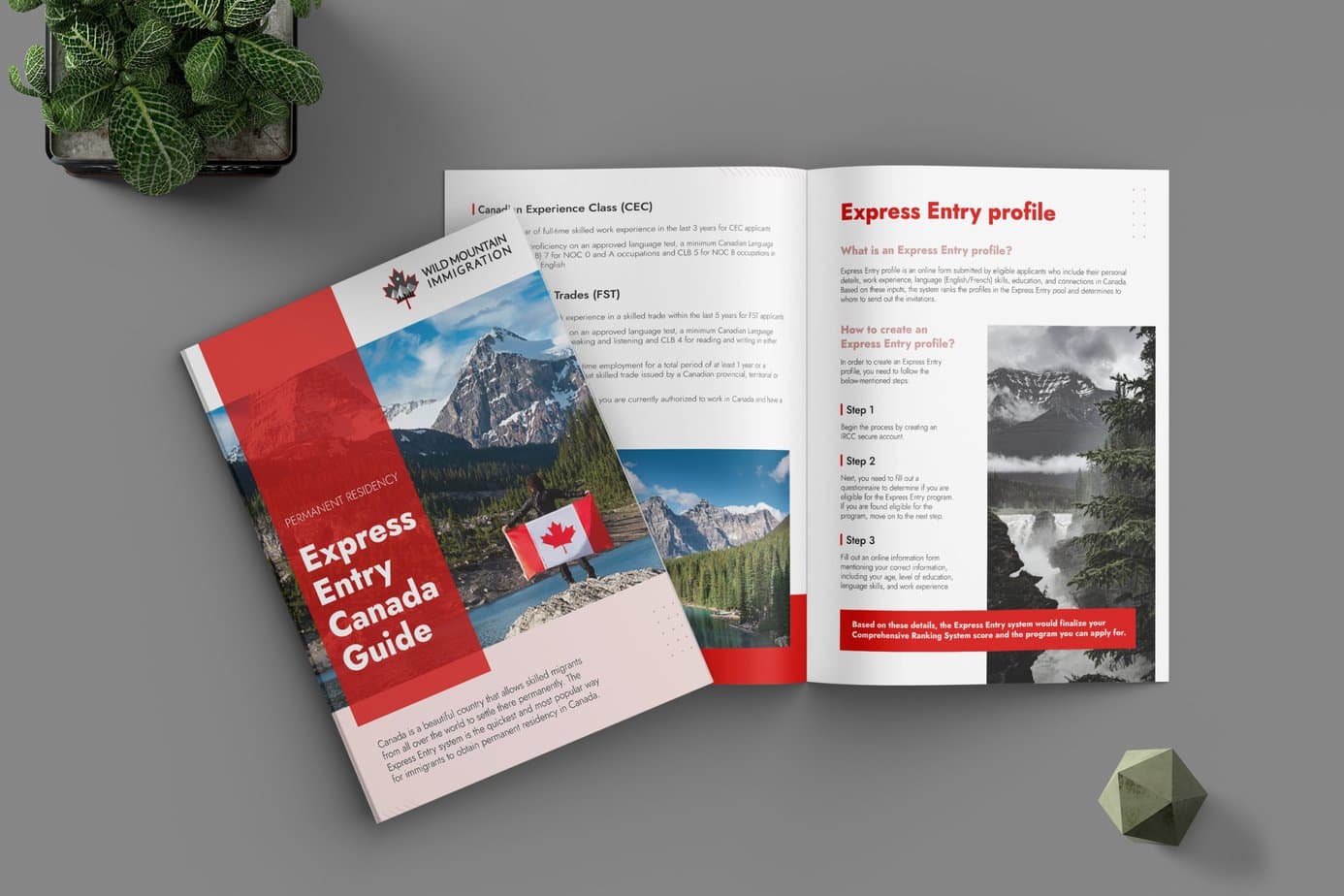Here is our TR to PR 2022 update to keep you up to date!
The TR to PR Pathway was announced by the Canadian government in April 2021.
The program allowed essential workers and international graduates to apply for Canadian permanent residence. 80,000 applications were accepted by Immigration, Refugee, Citizenship Canada (IRCC) before the program terminated in November 2021.
On May 11, 2022, Canada’s Parliament passed a motion requiring Immigration Minister Sean Fraser to develop a strategy for a new immigration path that would assist existing temporary workers and international students in becoming permanent residents more easily.
On September 20, the new strategy was revealed by Minister Fraser.
TR to PR 2022 outcome
The TR to PR 2022 update states; there is no new immigration program for workers and students in Canada.
Minister Fraser’s plan does not involve developing a new immigration program. Instead, it focuses on broadening or changing current pathways to better assist temporary workers and international students who want to stay in Canada permanently.
The strategy for increasing transitions to permanent residency is based on five key pillars.
The five pillars included in the strategy are expected to make it simpler for workers and students already in Canada to get permanent residence status. But what are they?
Are you ready to get started, or not sure which option is best for you?
Find out how you can move to Canada.
TR to PR 2022 | Pillar 1
Make use of record-high immigration targets
Pillar 1’s objective is to increase immigration levels targets set forth in the 2022-2024 Immigration Levels Plan in order to supply Canada with a larger, permanent workforce. This plan provides more opportunities for temporary workers to become permanent residents, which will help address labour shortages and fuel our post-pandemic economic growth.
Canada plans to welcome more immigrants than ever before in the next three years. In recent years, the number of new permanent residents admitted into the country has been on the rise, with over 430,000 expected this year and a projected increase to more than 450,000 by 2024.

TR to PR 2022 | Pillar 2
Adjust the Express Entry system
Pillar 2 aims to improve the Express Entry (Canadian Experience Class, Federal Skilled Worker and Federal Skilled Trades) system by enhancing flexibility in immigration selection tools under Express Entry, through recent amendments to the Immigration and Refugee Protection Act. The Minister will now be able to address labour market demands and regional economic priorities, as well as increase Francophone immigration by selecting more candidates with certain qualifications, such as in-Canada experience.
Furthermore, the Department will analyze the Comprehensive Ranking System requirements under Express Entry – like points rewarded for Canadian work experience and education, language ability, and a job offer.
The modifications to Express Entry could have a significant influence on who is invited through the system. The effects of these changes will be more evident in 2023.
TR to PR 2022 | Pillar 3
Improve the transition, from temporary to permanent residence
Pillar 3, Minister Fraser has outlined four ways to help smooth the process of transition for essential workers in high-demand occupations, from temporary to permanent residence:
- adopt the latest version of the National Occupational Classification (NOC) for 2021, which expands permanent immigration eligibility to include a number of in-demand occupations.
- improve newcomers' access to information, ensuring that they have the necessary qualifications and connecting them to federal and provincial or territorial programs.
- finding new and innovative ways to support essential workers who are in demand, like reducing obstacles for physicians and; introducing improvements to pilot programs in order to support transitions to permanent residence for those working in the occupations of in-home caregiving and the agri-food sector.

TR to PR 2022 | Pillar 4
Support communities in attracting and retaining newcomers
Pillar 4 aims to support communities in attracting and retaining newcomers, specifically including Francophone (French) immigration. Outside Quebec, the government will support Francophone minority communities through policies that aim to fulfil a 4.4% French-speaking immigration goal by 2023.
Furthermore, a new Municipal Nominee Program is being created to help municipalities attract and keep newcomers in order to address their local labour needs. The Government also continues to collaborate with provinces and territories, as well as employers, on new ways to attain permanent residency.
TR to PR 2022 | Pillar 5
Increase processing capacity
Finally, Pillar 5 of the plan aims to increase processing capacity, enhance client experience, and update the immigration system via technological advancements. The goal of these initiatives is to expedite the processing of permanent residence applications.
Minister Fraser claims that these shortened processing times will allow “newcomers to Canada to be permanent residents as soon as possible.”
Canada’s Immigration Department has fallen considerably behind in terms of processing immigration applications. The average processing time for most immigration programs exceeds IRCC’s goals.
In August 2022, the department took measures to regain control of application processing. The plan was to hire up to 1,250 additional employees for IRCC. If successful, this plan should have most immigration programs running smoothly by the middle of 2023.
Other permanent resident options
Express Entry
Express Entry refers to an online application system used by Immigration, Refugees and Citizenship Canada (IRCC) that handles and processes applications received from skilled workers across three programs; Canadian Experience Class, Federal Skilled Worker Program, and Federal Skilled Trades Program.
Express Entry is the fastest way to move to Canada permanently. Express Entry has become one of the most popular immigration systems for people all around the world due to its simplicity of use and rapid processing.
Given the high volume of applications for Canadian permanent residence, Express Entry is a highly competitive system for ranking eligible candidates against one another to guarantee that the best federal economic applicants are chosen from the Express Entry pool. The ranking method considers; education, work experience, language abilities, age, and other factors. So, you will have to meet certain eligibility criteria and take a language proficiency test in one of the official languages; English or French, before being considered for this immigration system.
The main benefit of Express Entry is that it provides eligible and deserving individuals with permanent residency in as little as 6 months.

Express Entry Ebook
This comprehensive guide will tell you everything you need to know.
Provincial Nominee Programs (PNPs)
The Canadian provincial nominee programs (PNPs) provide a route to permanent residency for individuals interested in moving to a certain Canadian province or territory. Once a province has nominated a candidate, only the federal government can then process and issue permanent residency.
Each Canadian province and territory has its own PNP program that is tailored to the particular economic and demographic needs of the region.
The Express Entry system is used by several nomination systems. A candidate receives 600 points toward their Express Entry CRS score if they are nominated.
This means that a temporary resident holder may benefit from Express Entry’s accelerated processing time. Permanent residence status could be obtained as soon as 6 months under Express Entry.

Atlantic Immigration Program (AIP)
The Atlantic Immigration Program, formerly known as the Atlantic Immigration Pilot program, helps recent graduates from an Atlantic (New Brunswick, Nova Scotia, Prince Edward Island, or Newfoundland and Labrador) post-secondary institute become permanent residents.
Candidates must have completed a qualifying, full-time program of at least two years in length and must have lived in one of these provinces for at least 16 months in the last 2 years before graduating to be considered. Qualifying graduates must also hold a job offer in one of the Atlantic provinces.
Rural and Northern Immigration Pilot (RNIP)
If you graduated from a publicly funded post-secondary institution as an international student in one of eleven select rural communities across Canada, or have work experience inside Canada, you may be eligible to apply.
Candidates must have a master’s degree or a post-secondary program of at least two years and have spent a minimum amount of time in the community under the pilot project.
Each rural community has its own set of requirements for applicants wanting to apply under their program.
Spousal Sponsorship
Canada offers sponsorship programs for permanent residents or Canadian citizens that wish to keep their loved ones in Canada with them. Certain family members may become permanent residents of Canada if they meet program requirements. The main eligibility requirement is to be legally married or in the case of common-law, to be in a ‘marriage-like’ relationship for a minimum of 12 consecutive months.
Are you ready to get started, or not sure which option is best for you?
Find out how you can move to Canada.
Conclusion
It is clear that the Canadian government is making efforts to improve the immigration process, with the aim of reducing processing times for temporary residents, including temporary foreign workers and students on their new permanent residency pathway.
The government’s plan to reduce processing times for permanent resident applications is ambitious, however, it remains to be seen whether these measures will be successful in achieving this goal. The effects of these changes will be more evident in 2023.
We hope our TR to PR 2022 update was helpful. If you need any assistance transitioning from temporary residence to permanent residence, get in contact!
Nicola Wightman
Nicola Wightman is a regulated Canadian Immigration Consultant (RCIC) under the College of Immigration and Citizenship Consultants (CICC). Her professional immigration consultant number is R706497.
Canadian immigration
Learn about moving to Canada, the Express Entry immigration process, working in Canada, studying in Canada, and more.
January 12, 2025
Trudeau Steps Down – What’s in Store for Canada’s Immigration Policies?
Prime Minister Justin Trudeau has announced his resignation as the leader of the Liberal Party and…
December 11, 2024
New Immigration Pathways Canada 2025: What You Need to Know
Canada is introducing several new immigration pathways in 2025, offering exciting opportunities for…
December 10, 2024
Major Express Entry Changes Proposed to Address LMIA Fraud
Canada’s immigration system may soon undergo significant Express Entry changes, as Immigration…
Start Your Canadian Immigration Journey
Our experts make the process clear, stress-free, and successful, so you can move forward with confidence and focus on what matters most.

Contact Us
Immigration questions and service enquiries
Consultation
Speak to an expert
immigration consultant
"*" indicates required fields



